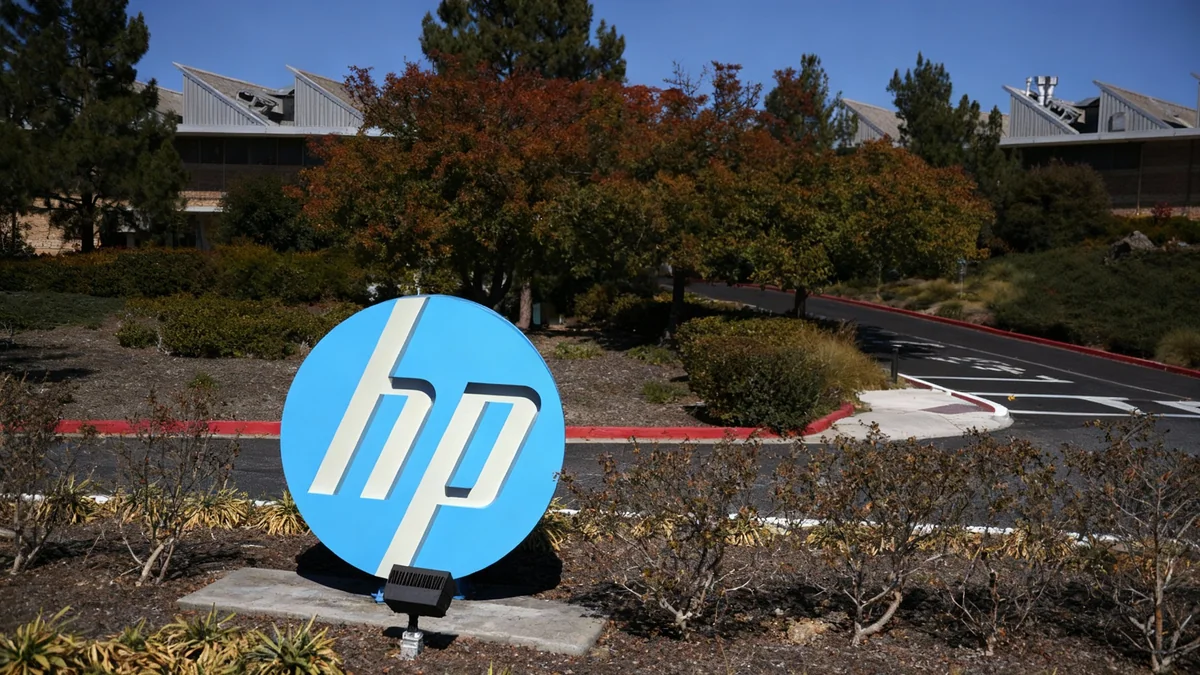A new term, 'workslop,' is gaining traction to describe a growing problem in American white-collar professions: the messy, inefficient, and boundary-less nature of modern work. Fueled by digital communication tools and the rise of hybrid schedules, this phenomenon is characterized by constant notifications, unstructured tasks, and the erosion of personal time, leading to concerns about productivity and employee well-being.
This trend represents the unstructured side of remote and flexible work arrangements. It's the accumulation of endless Slack messages, late-night emails, and the implicit expectation to be always available, which experts say contributes significantly to burnout.
Key Takeaways
- 'Workslop' refers to the unstructured and inefficient blend of professional and personal life in modern workplaces.
- The trend is driven by constant digital communication from tools like Slack, Microsoft Teams, and email.
- Key characteristics include blurred work-life boundaries, frequent interruptions, and an 'always-on' culture.
- Experts link workslop to increased employee burnout, stress, and a decline in deep, focused work.
Understanding the 'Workslop' Phenomenon
The term 'workslop' describes the chaotic state of work that lacks clear structure and boundaries. It is the opposite of organized, deep work, where employees can focus on complex tasks without interruption. Instead, it involves a constant stream of low-value interactions and administrative tasks that fragment the workday.
This environment is largely a byproduct of the digital tools intended to improve collaboration. Platforms like Slack, email, and instant messaging, while useful, have created a culture of immediacy. Many employees feel pressured to respond instantly to notifications, regardless of the time or the importance of the message.
The Evolution from 'Work-Life Balance'
The conversation has shifted from achieving 'work-life balance' to managing 'work-life integration.' However, for many, this integration has become a messy spillover where work encroaches on every part of personal life, a core aspect of the workslop problem.
According to workplace analysts, this problem was exacerbated by the sudden shift to remote work during the pandemic. The physical separation of the office disappeared, and for many, so did the temporal boundaries that defined the beginning and end of the workday.
The Primary Drivers of Workplace Inefficiency
Several factors contribute to the rise of workslop in corporate environments. The primary driver is the technology that facilitates an 'always-on' work culture. The constant connectivity offered by smartphones and laptops means work is never more than a glance away.
Digital Communication Overload
The average professional receives dozens, if not hundreds, of emails and instant messages daily. This digital noise makes it difficult to prioritize tasks and engage in concentrated effort. Each notification serves as a potential interruption, pulling attention away from important projects.
A Day of Distractions
Research from the University of California, Irvine, found that it can take an office worker over 23 minutes to fully refocus after being interrupted. With constant digital pings, many workers never achieve a state of deep focus during their day.
Furthermore, the informal nature of these platforms can lead to ambiguous communication. A quick message sent without context can require multiple follow-ups, creating more digital chatter and consuming more time than a structured email or a brief, scheduled call.
Erosion of Traditional Work Hours
Hybrid and remote work models offer flexibility, but they have also blurred the lines of the standard 9-to-5 workday. With team members spread across different locations and sometimes time zones, communication often extends into the evenings and weekends.
"The expectation to be perpetually available is a significant source of stress. When work has no clear endpoint, the brain doesn't get a chance to rest and recharge, which is a direct path to burnout."
This lack of clear boundaries means employees may feel guilty for not checking messages after hours, leading to a cycle of overwork and diminishing returns on their time and effort.
The Impact on Employees and Companies
The consequences of workslop extend to both individual employees and the organizations they work for. For employees, the most immediate impact is on their mental and physical health.
Increased Stress and Burnout: The pressure to constantly monitor communication channels and respond quickly is a major stressor. Over time, this chronic stress is a leading cause of burnout, which is characterized by emotional exhaustion, cynicism, and reduced professional efficacy.
Decreased Productivity: While it may feel like more work is happening, the reality is often the opposite. Constant task-switching and interruptions prevent employees from engaging in 'deep work'—the focused, cognitive effort required for problem-solving, creativity, and innovation. The result is often a higher volume of shallow, administrative tasks and less meaningful output.
The Cost of Inefficiency
According to a report by Qatalog and GitLab, knowledge workers lose nearly a full workday each week to inefficient processes and communication. This lost productivity has a direct financial impact on businesses.
For companies, the effects are equally damaging. High burnout rates lead to increased employee turnover, which is costly in terms of recruitment and training. Moreover, a workforce that is unable to focus on high-value tasks is less innovative and competitive.
Strategies to Combat 'Workslop'
Addressing workslop requires a deliberate effort from both leadership and employees to establish healthier work practices. The solution is not to abandon digital tools but to use them more intentionally.
Establishing Clear Communication Protocols
Companies can create guidelines for how and when to use different communication tools. This might include:
- Defining urgency: Establishing what constitutes a truly urgent matter that requires an immediate response versus a standard query that can wait.
- Setting channel purposes: Using email for formal, detailed communication, Slack for quick, informal questions, and project management tools for task updates.
- Encouraging asynchronous work: Fostering a culture where it's acceptable not to respond immediately, allowing employees to manage their own focus and schedules.
Promoting 'Focus Time'
Some organizations are implementing policies to protect employees' time for concentrated work. This can involve scheduling 'no-meeting' blocks on calendars or encouraging the use of status updates (e.g., 'deep work' or 'focusing') on communication platforms to signal unavailability.
Leadership plays a critical role in modeling this behavior. When managers respect their team's focus time and avoid sending non-urgent messages after hours, it sets a powerful precedent for the entire organization.
Ultimately, combating workslop is about reclaiming control over the workday. By setting clear boundaries and fostering a culture that values focused effort over constant availability, companies can create a more productive, sustainable, and healthy work environment.





